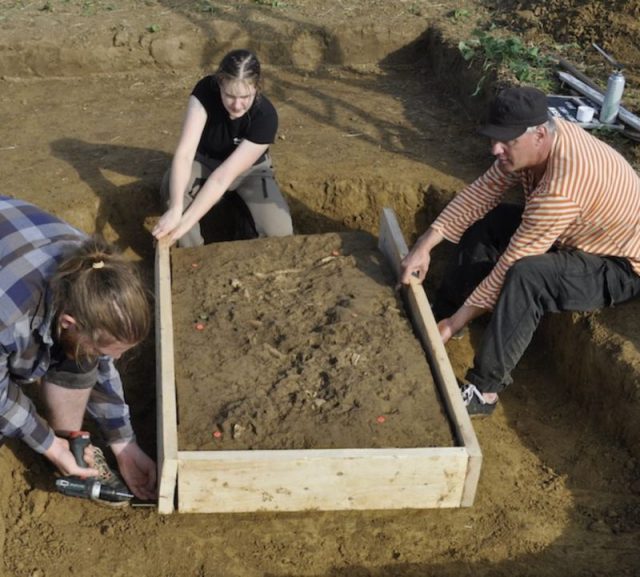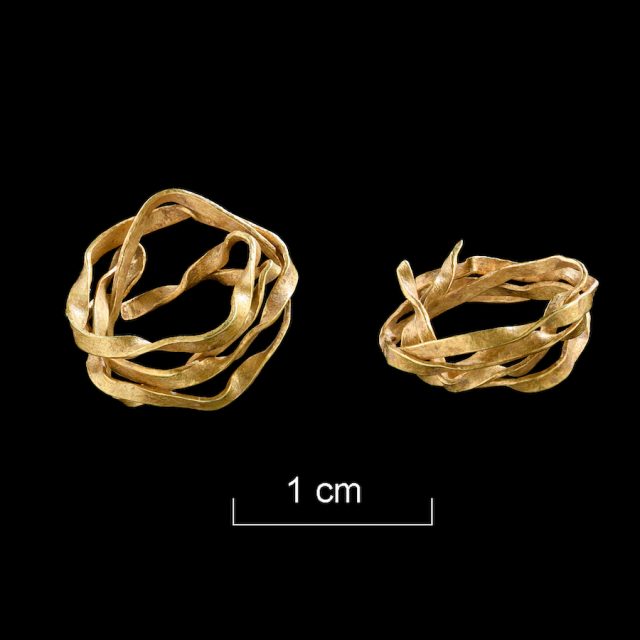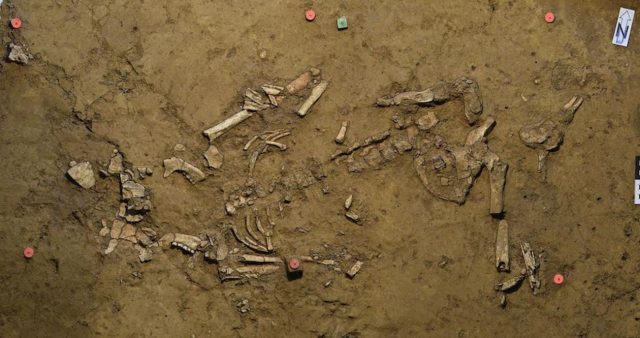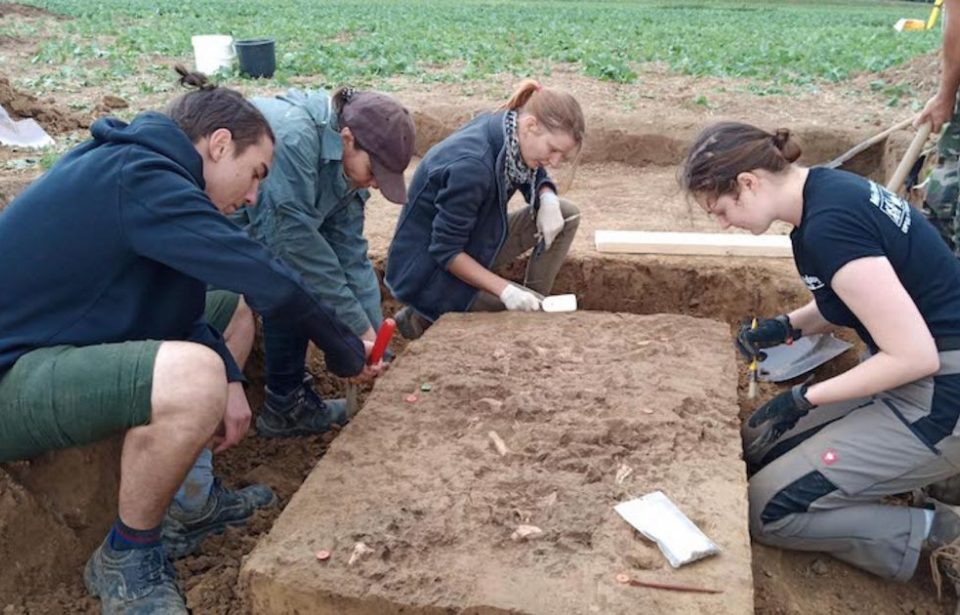A piece of ancient jewelry, a stunning gold spiral from the early Bronze Age, found in Germany with a female skeleton, was probably made in Cornwall, England.
The ancient jewelry opens up possibilities as to what arrived on German shores and from where nearly 4,000 years ago.
A beautiful artifact from Europe’s ancient past
Unearthed in the district of Tubingen, in the southwest of Germany, it’s been known about since last autumn. Interestingly, Cornwall is part of southwest England.

An excavation headed by Professor Raiko Krauss (University of Tubingen) and Dr. Jörg Bofinger (Baden-Württemberg State Office for Cultural Heritage Management) came up with the amazing find.
Their press release states the dazzling artifact, measuring around 1 centimeter, is “the region’s earliest gold object to date.” Professor Krauss and Dr. Bofinger’s findings have just been published in the journal Praehistorische Zeitschrift.
A stunning example of Early Bronze Age craftsmanship
Created using gold wire, the spiral lay in a grave belonging to a woman buried during the Early Bronze Age period — between 1850–1700 BCE. That’s according to radiocarbon dating, as described in the release.

What purpose does the spiral serve? In this case, all that glitters is definitely gold. Current thinking is the object was a hair ornament. Noticed behind the hip of the deceased, such a handsome piece was bound to have been owned by someone of high status.
Ancient Origins observes that the spiral’s location “near the hip rather than the skull” indicates that “she was not actually wearing the spiral ornament at the time she was buried.” As there was nothing else with the remains, it was clearly “something she valued greatly.”
The arrangement of the burial provides information on the period. She faced south and was also in a fetal position. This is consistent with Late Neolithic discoveries from Central Europe. The University makes a connection between the spiral grave and the nearby Kirchberg prehistoric hilltop settlement.
From Cornwall to Ammerbuch-Reusten — how can experts be sure?
The Daily Mail notes that Cornwall and the area of Ammerbuch-Reusten, where the spiral was found, are separated by a distance of 840 miles. How did it travel so far?

Archaeologists aren’t entirely sure, but one thing they do know, reported in the press release, is that the ornament “probably originates” from Cornwall. What tells them this? The artifact’s alloy.
As quoted by the Mail, Praehistorische Zeitschrift’s study says the spiral “indicates the use of a naturally occurring gold alloy, most likely from so-called alluvial deposits obtained by panning from rivers.” Alluvial samples come from soil or sediment that is eroded, shaped, and transported by running water.
The University notes it is made of “about 20 percent silver, less than two percent copper, and has traces of platinum and tin.” This can be linked to a type found in deposits from a location at Carnon River, Cornwall.
A single piece of ancient jewelry can alter people’s views on world trade
Krauss, Bofinger, and company believe the spiral shows “unusually early proof of the far-reaching trade in luxury objects” during the Early Bronze Age.

The Mail writes that the object is one of the first finds that can be linked to northwest Europe. Examples from southeast Europe are plentiful by comparison, so the spiral is incredibly rare. It’s set to become a key talking point amongst archeologists.
More from us: Mastodon Skull Part Of Epic Fossil Collection Accidentally Found By Park Ranger
Additional authors of the study are Lea Breuer, Simone Korolnik, Ernst Pernicka, Birgit Schorer, André Spatzier and Veronika Stein. The journal was published last month.
Every object found provides a piece of the puzzle, concerning how goods moved from country to country thousands of years ago. Not just in Europe, but the world.
